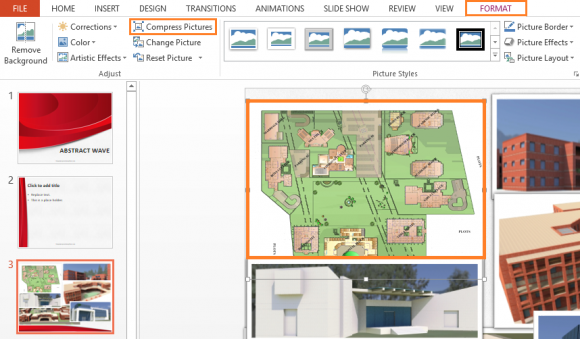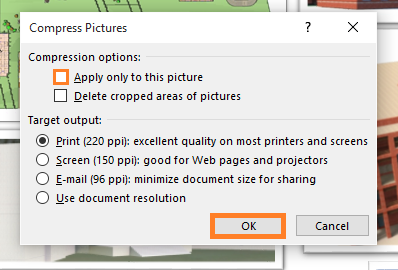Whenever you insert an image into PowerPoint, or insert a table from Microsoft Excel into PowerPoint, you’re actually embedding it into your presentation. This can cause unexpected problems if you’re not careful. People usually start noticing these issues when the file is too large to send by email, or when they realize that opening the huge file is making their computer run slower. Here we will be discussing some of these issues and what you can do to fix them.
The PowerPoint Presentation File Is Too Large
This is a very common problem. It typically occurs after you make a presentation with plenty of pictures in it. The presentation file gets so big that sending it through email takes all day. So, how does this happen? It is caused by problems in embedding. When you add an image to a PowerPoint presentation, it is simply embedded into the presentation without any compression. Many of these images are so large that there is really no merit to keeping them as they are. Their size should be decreased. Luckily, you don’t need to use a third-party tool for this.
You can compress images easily by using the compress feature in PowerPoint. It is built into PowerPoint 2013 and it is easy to use. Just click any image, click Format from the Ribbon, and click Compress Pictures.

Make sure to un-check Apply only to this picture.

Choose a Target Output. You can see from the ppi count that the higher setting will result in less compression. You can choose one of these options and see the results. If you want to experiment, then save the document before using these compression options. Changing the compression settings more than once will degrade the quality of the images further. Personally, I’d say that in most cases you won’t normally be able to see a huge difference in the compressed images and the original ones.
If you like the presentation in the screenshot, you can download it by clicking this link.
Image Courtesy:
Tension, compression, and shear. by Actualist [CC BY 3.0] via Wikimedia Commons

Leave a Reply